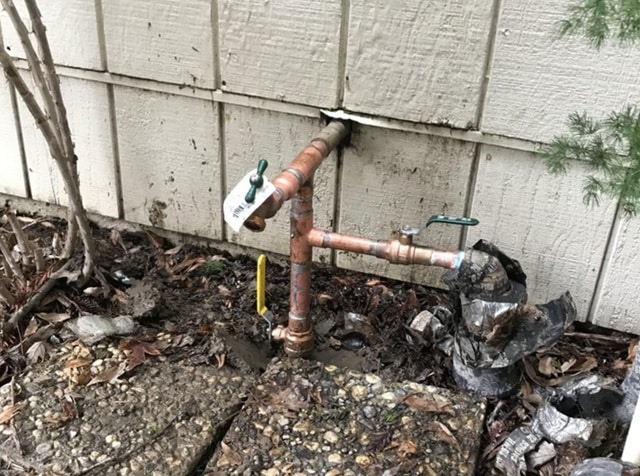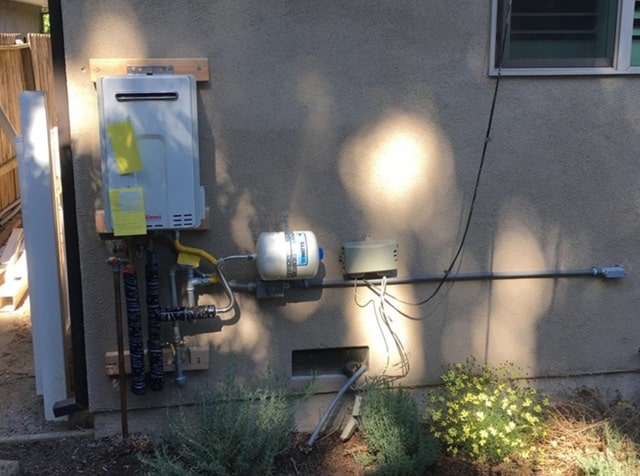
When considering the installation or repair of gas lines, one of the primary concerns is the depth at which these lines must be buried. This standard is not only crucial for the safety and functionality of the gas system but also complies with various regulatory requirements. Typically, the depth at which gas lines are buried varies by jurisdiction, but there are general guidelines that many regions follow.
This depth ensures that the lines are protected from surface activities and environmental factors while remaining accessible enough for maintenance and inspections. For natural gas lines, which often need to be installed deeper to safeguard against potential hazards, the depth can reach up to 36 inches. It is vital to consult local building codes and utility companies to confirm the specific requirements for your area, as these standards can differ significantly based on regional risk assessments and soil conditions.
The material of the gas lines plays a significant role in determining the appropriate burial depth. For instance, metal pipes, such as copper, typically require deeper burial to prevent corrosion and physical damage. In contrast, newer materials like high-density polyethylene (HDPE) are more resistant to environmental factors and can sometimes be installed at shallower depths.
Environmental conditions also influence the installation depth. In areas with a high likelihood of ground freezing, such as parts of California known for colder climates, gas lines must be placed below the frost line to prevent freezing and potential rupture. Similarly, regions with high levels of ground movement or seismic activity might have stricter regulations regarding the depth and type of gas piping used to enhance durability and safety.
Ensuring the safety of gas line installations involves strict adherence to depth regulations and the use of appropriate materials. It is essential for service providers, such as those involved in utility and residential installations, to follow these guidelines closely to prevent accidents and ensure efficient operation. For example, 5-starplumbing.com, a recognized leader in plumbing services, consistently emphasizes the importance of meeting or exceeding these standards in their projects to ensure customer safety and regulatory compliance.
In addition to safety, proper installation depth helps in the effective maintenance and repair of gas lines. It allows for easier detection and repair of issues, minimizing the risk of leaks and ensuring that any disruptions in service can be promptly addressed. This level of preparedness and adherence to guidelines not only protects the physical infrastructure but also ensures the continuity of service essential for both residential and commercial users.
By following these standards, installation and repair professionals help maintain the integrity and efficiency of gas transmission systems, ultimately safeguarding the communities they serve. Whether upgrading existing systems or installing new lines, the focus should always be on quality, compliance, and safety.

Achieving a high standard in gas infrastructure not only involves adhering to safety norms but also optimizing for longevity and operational efficiency. The decisions regarding the depth and material of gas conduits directly impact their durability and the seamless delivery of services. For this purpose, utility providers and repair technicians must be well-versed in the spectrum of materials available and the environmental dynamics of their specific service regions.
In colder regions, deeper installations are crucial to prevent the freezing of natural gas, which can cause pressure issues and potential service disruptions. Conversely, in areas with a hotter climate, considerations are different; the focus may shift toward protecting pipes from overheating and ensuring that thermal expansion does not lead to damage or leaks. The depth must be carefully calculated to balance these factors, ensuring that the gas can flow unimpeded and without temperature-induced complications.
Regular inspections and maintenance are integral to the long-term health of gas pipelines. Technicians must employ advanced detection techniques to identify potential issues such as leaks or corrosion early on. These practices not only ensure the operational efficiency of the gas lines but also contribute significantly to community safety.
By incorporating these considerations into the installation and ongoing maintenance of gas line, providers can ensure that the systems are not only compliant with current regulations but are also prepared to meet future demands and potential environmental changes. This forward-thinking approach in the utility sector is essential for building resilient, efficient, and safe gas distribution networks that stand the test of time and provide reliable service to all users.
I bring over 9 years of dedicated plumbing experience to the table. As a seasoned professional in the plumbing industry, I've tackled a wide range of projects, from residential repairs to large-scale commercial installations.

